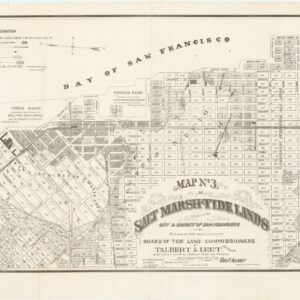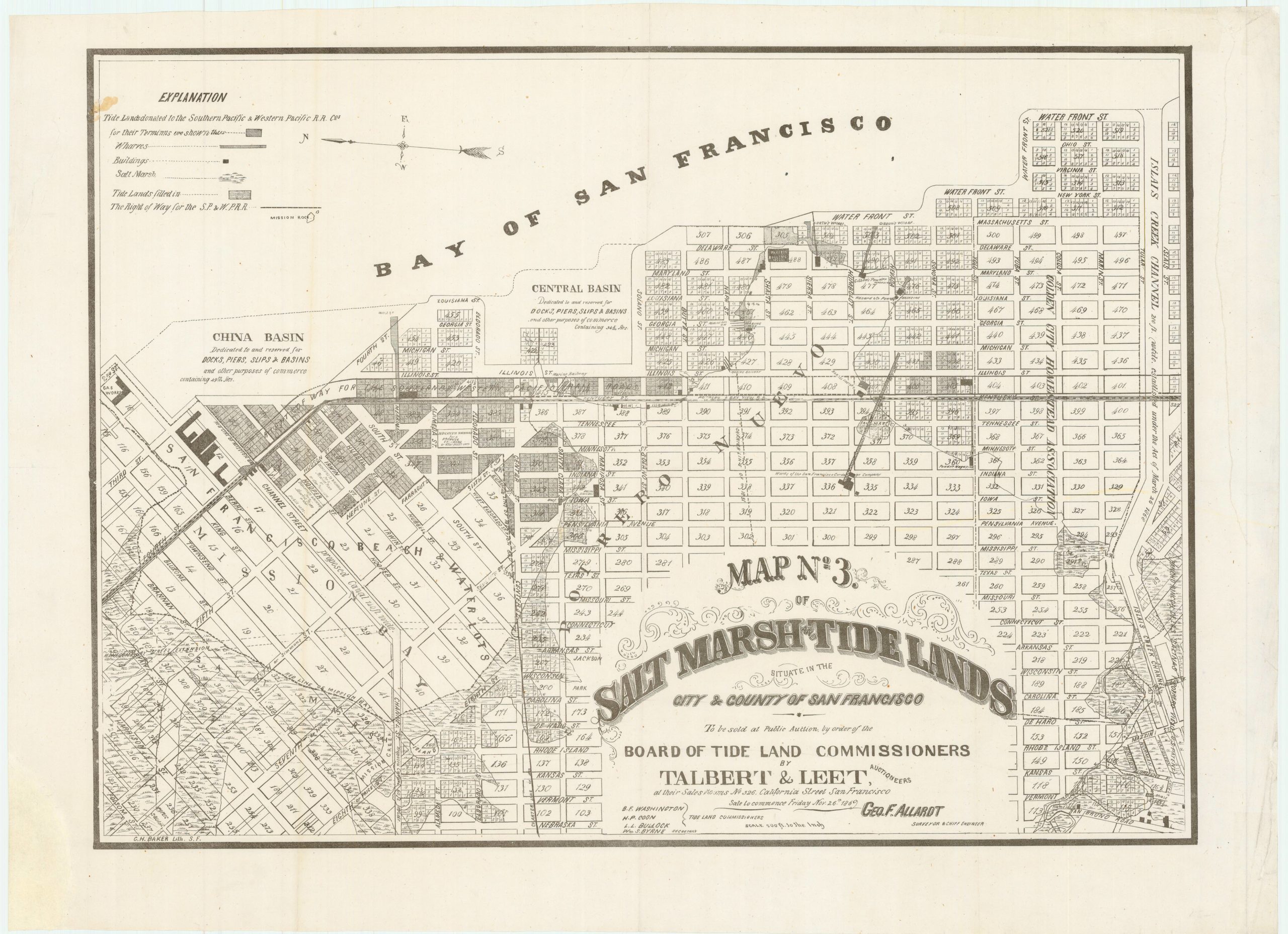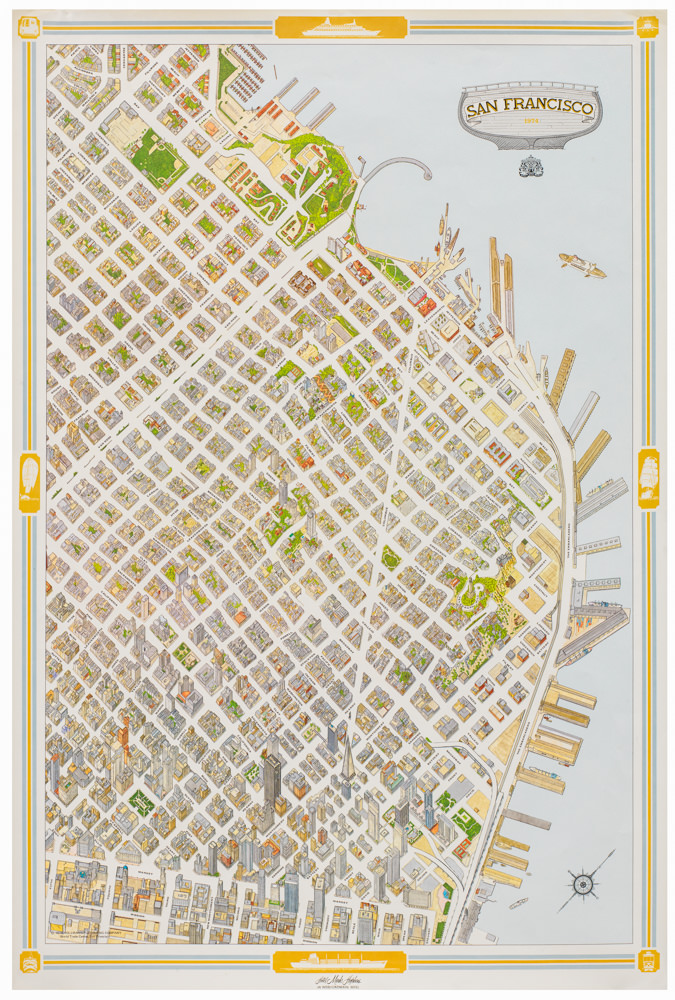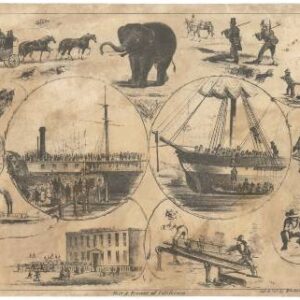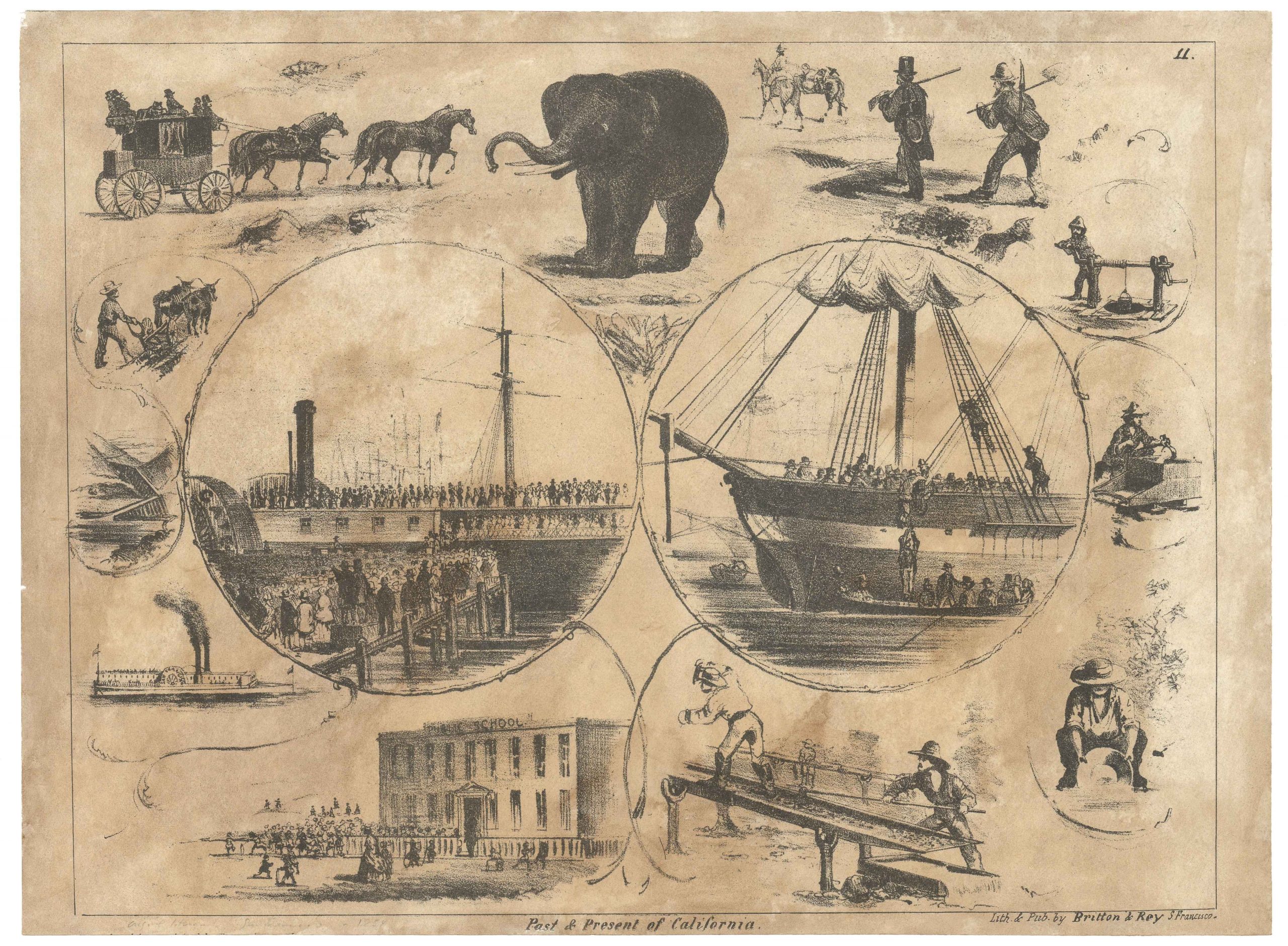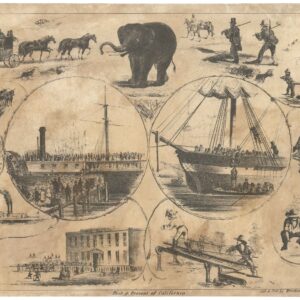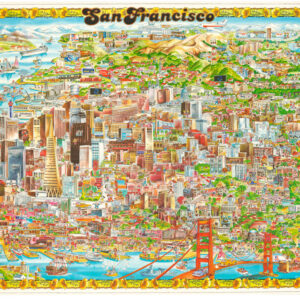A massive 1914 San Francisco Bay Area Department of Agriculture Soil Map.
Soil Map. California. Reconnaisance Survey — San Francisco Bay Sheet.
$750
1 in stock
Description
This giant original antique 1914 San Francisco Bay Area Bureau of Soils map provides a detailed classification and distribution of soils and geological features in the San Francisco Bay Area. Its expansive coverage stretches from Santa Rosa in the north to Santa Cruz in the south and from the Pacific Ocean in the west to Mount Diablo and the San Joaquin Valley in the east.
Prominent locations such as Napa, Sonoma, Oakland, Berkeley, and San Francisco are included, reflecting the region’s diverse landscapes of fertile valleys, rugged coastlines, and mountainous terrain. The map was printed by Snyder & Black, a New York-based lithography firm known for its high-quality and detailed cartographic works, further emphasizing its professional craftsmanship and historical significance.
Scientific and Institutional Contributions
The map was created in collaboration with the University of California Agricultural Experiment Station, an institution pivotal to agricultural innovation during this era. Under the leadership of Thomas Forsyth Hunt, the station conducted groundbreaking research in agriculture and soil science. Charles F. Shaw, an expert in soil technology, led soil surveys and contributed to important publications, such as the Soil Survey of the San Fernando Valley Area, California in 1917. Their efforts advanced understanding of soil composition and its applications for agriculture, resource management, and urban planning.
Geology and Soil Composition
This map offers insight into the geological and soil diversity of the San Francisco Bay Area, a region shaped by millions of years of tectonic activity along the San Andreas Fault. It highlights:
- Alluvial Soils: Found in Napa, Sonoma, and the San Joaquin Valley, making them ideal for agriculture.
- Marine Sediments: Common along the coastline and bay, varying in texture and drainage.
- Volcanic Soils: Mineral-rich soils in Napa and Sonoma, perfect for viticulture.
- Serpentine Soils: Found in the East Bay hills, supporting rare plant species.
Prominent natural and geological features, such as Mount Diablo, the East Bay hills, and coastal wetlands, are also depicted.
Historical Context and Significance
In 1914, California was undergoing rapid development, with agriculture, urban growth, and resource management shaping the region. Maps like this were important for planning and research, bridging the efforts of scientific institutions and private cartographers. This map provides a snapshot of the Bay Area’s geological and environmental conditions before extensive urbanization.
Cartographer(s):
In 1914, the U.S. Department of Agriculture’s Bureau of Soils was the primary federal agency responsible for soil survey and research in the United States. Established in 1894, the Bureau conducted soil surveys to assess and map the nation’s soil resources, providing valuable information for agriculture, land management, and conservation. Under the leadership of Chief Curtis F. Marbut, appointed in 1913, the Bureau emphasized systematic soil classification and mapping. In 1914, the Bureau published instructional booklets for field parties, including guidelines for soil descriptions, to standardize soil survey methods.
Condition Description
Backed on old linen. Various minor blemishes.
References
